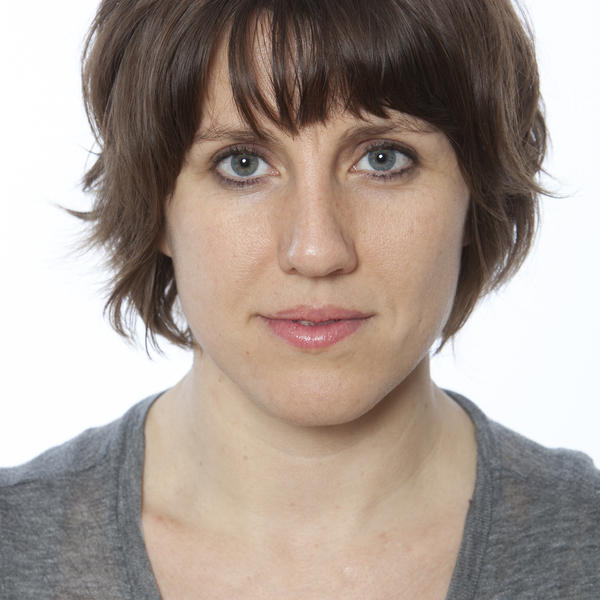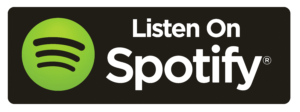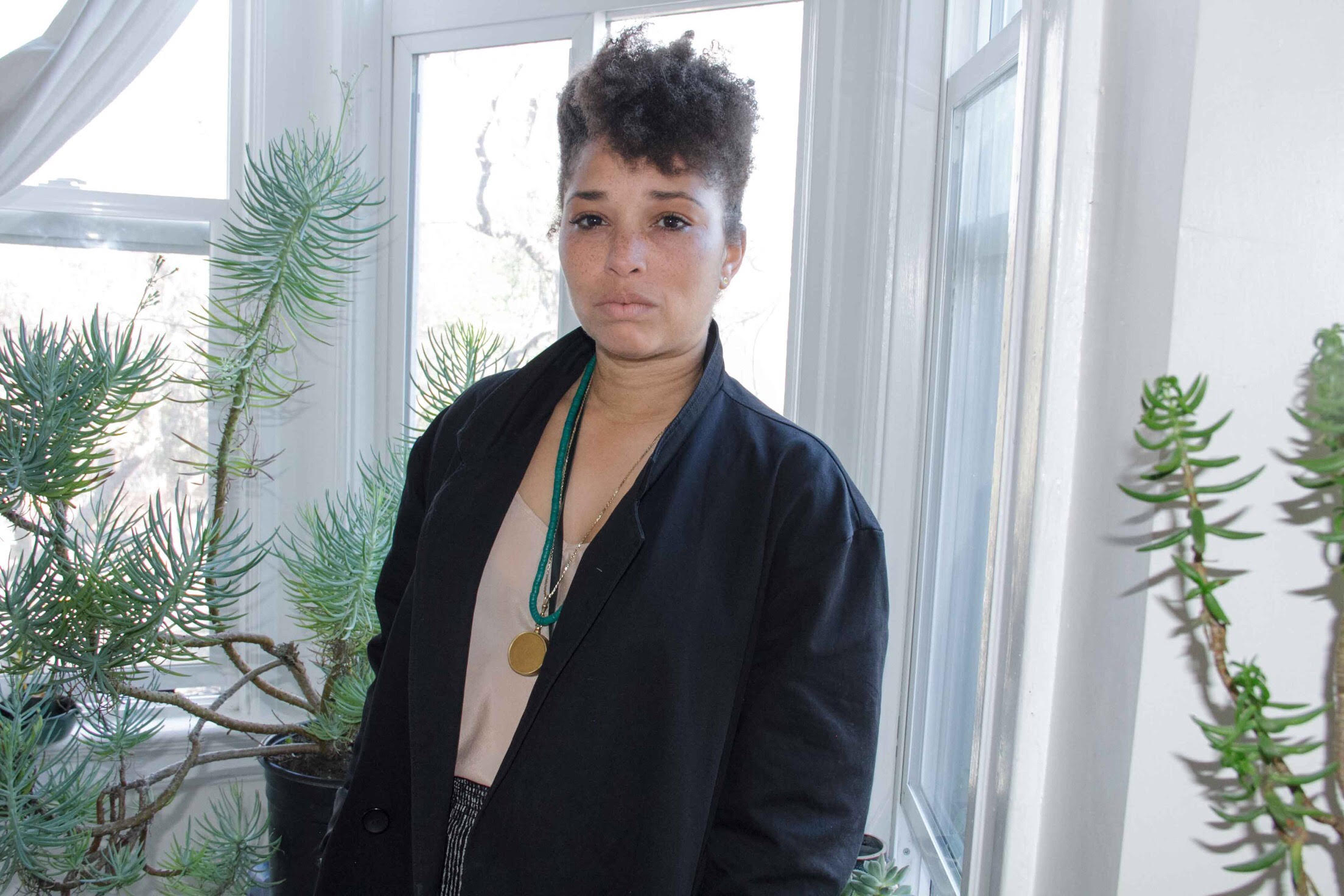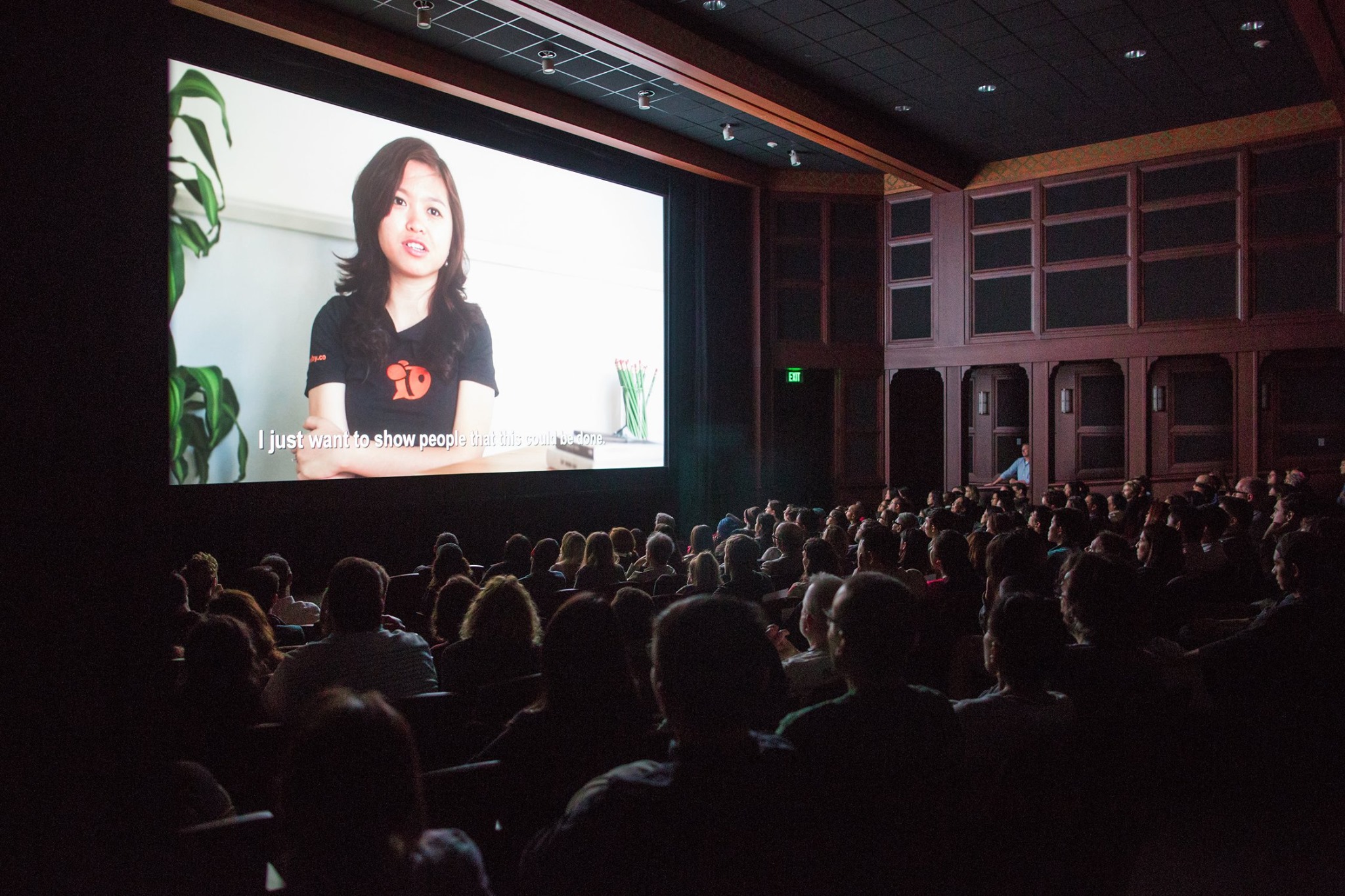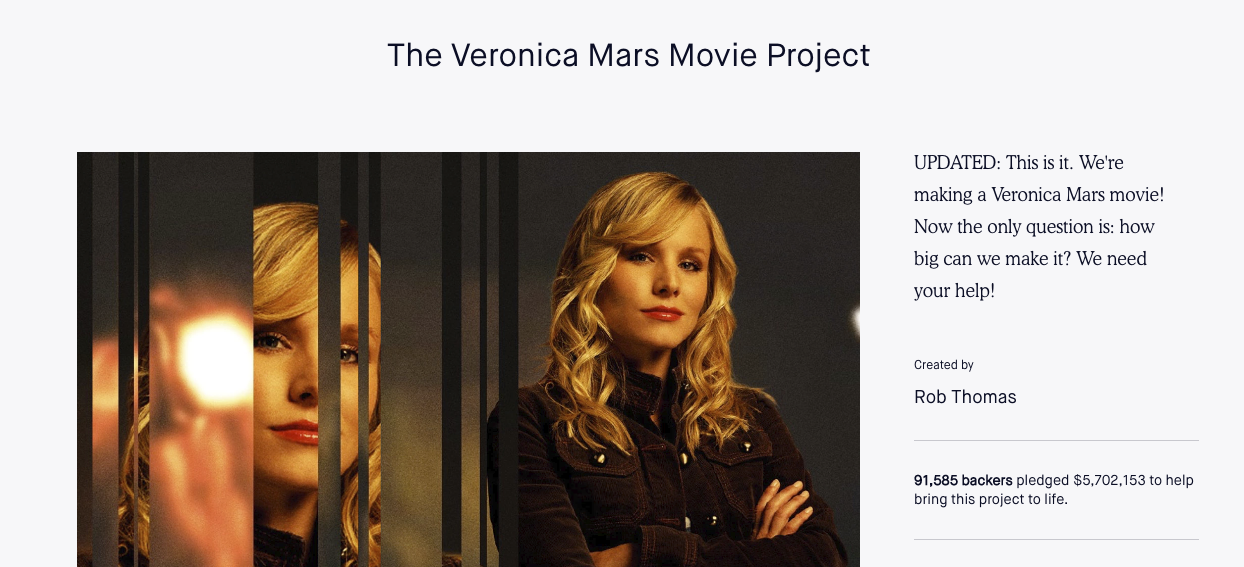Season 2 of the “Creative Distribution 101” podcast is officially here with episode 6, featuring acclaimed director Leah Meyerhoff!
To refresh your memory because I know that was a long hiatus, in this podcast I interview experts and filmmakers who have used creative, alternative and non-traditional ways to get their films out seen and connect with audiences. Whether you’re interested in the future of filmmaking, or just want to learn some distribution tips, this is for you !
Leah Meyerhoff’s debut feature film I BELIEVE IN UNICORNS premiered at SXSW 2014 and continues to travel the film festival circuit. Her previous short films have screened in over 200 film festivals, won a dozen awards, and aired on IFC, PBS and MTV. She has been shortlisted for the Student Academy Awards and Gotham Awards and received high profile grants from IFP, the Tribeca Film Institute and the Adrienne Shelly Foundation. She was honored with the Adrienne Shelly Director’s Award and has been featured in Variety, The Hollywood Reporter and The New York Times. Leah also created the acclaimed non-profit Film Fatales which advocates for an inclusive community of women feature film and television directors.
In this episode, she talks about successful film festival strategy, how to distribute short films, how to build an audience ( and get the attention of teens!), how to make your money back, why the industry needs to evolve, and much more! Check out the episode below and let me know your thoughts in the comments or on Twitter (@norapoggi) !
Or stream in-browser here:
Show notes:
- Leveraging your assets: “I learned as a filmmaker how important it was to be creatively involved in the distribution process even when it is a work for hire. Um, and how important it is to have good poster art and key still images and how to use the film festival circuit to your advantage as a soft launch is to build an audience and to build word of mouth.”
- Making the most of your festival premiere: “When I made my first feature film and I use all those lessons. I went back to all those same film festivals and I said, you know, remember me from all my short films that played here. Now I have a feature film, I’d love to submit that to your festival. We ended up kind of going back and forth with the programmers and convinced them that to give us a competition spot at the festival, which is also important. It’s not just what film festival you’re premiering at, but which, which section of the festival in which theater and which date. And there are all kinds of considerations. So we negotiated back and forth to get, you know, the best spot that we could get (…) We had a team of volunteers on the ground doing grassroots promotion, social media promotion. I had been building a social media audience for that feature film for almost a year. I mean, from before I even made the film, I had been building up a following online while it was still in a script phase.
- How to build an audience online:
“While I’m still just thinking about making the film, I’d set up all my social media accounts and become active online and really connected with the younger audience that way. So by the time we had our world premiere at South by Southwest, I had about a hundred thousand followers, 100,000 fans on Facebook and tens of thousands more on Twitter and on Instagram (…) tap into the audience that you’re trying to reach as early as possible and in as creative a way as possible is they’re the ones who really champion the film and keep it alive. “The way that I helped build that audience was before the film was made, reaching out to various bloggers and teens who already were online promoting content in various ways and sending them glimpses of the production, sending them my lookbook, sending them links to the website, eventually sending them clips of the film”.”I would reach out to the local high schools and the local colleges. I would arrange to do screenings in the schools. I would arrange to do screenings with local nonprofits and other impact groups. I would do as many screenings as I could, publicity screenings, sneak peak screenings, press screenings to gain local press. And also to really just build a local audience. - How to make the most of your theatrical release or organize your own: “We had our theatrical release in New York, we basically organized our own little mini film festival. I brought in special guest speakers for panels pretty much every single night, the first week that the film was in theaters as a way to bring in a different audience and expand the audience, have a dialogue around the film.”
- Educational distribution is a valuable option for narrative films as well. “There were some elements that could be used in an educational environment. So that’s another important thing that I think a lot of filmmakers don’t realize when they’re selling their films”.
- How to get into festivals:
“With a feature film, it is helpful to have personal relationships to film festival programmers in some way or another. With short films that’s less important. Short film festival programmers often do pull from the general pool of submissions that come in. My advice is for filmmakers to start building those relationships with film festivals, with programmers when they have their short films on the film festival circuit.” - It’s not easy! ” I had made a dozen short films before I made my first feature film, um, and music videos and commercials. So I had been directing short form content for several years before I made my first feature film. And my very, very first short film, it played two festivals and that was it.” You have to have a really thick skin. You’ll be rejected 95% of the time, but then eventually there’ll be a yes. And all it takes is one. Yes. And then that one yes leads to another yes.” There are other ways to me film festival programmers through a variety of labs like the IFP labs and Tribeca and just actually attending film festivals and meeting people in person if you have access to do so (…) spend the time in either bringing someone else onto your team who has a film festival track record or looking at other filmmakers who’ve come before you.”
- “You need to go above and beyond to make your film stand out. It’s more than just having directed a great film (…) more often, distributors are not putting enough money into the marketing. There’s too much content. Marginalized voices have a much harder time finding wider distribution. The gatekeepers who are making decisions about what films get shown are still coming from a narrow, you know, cis-gendered able-bodied, straight white male demographic.”
